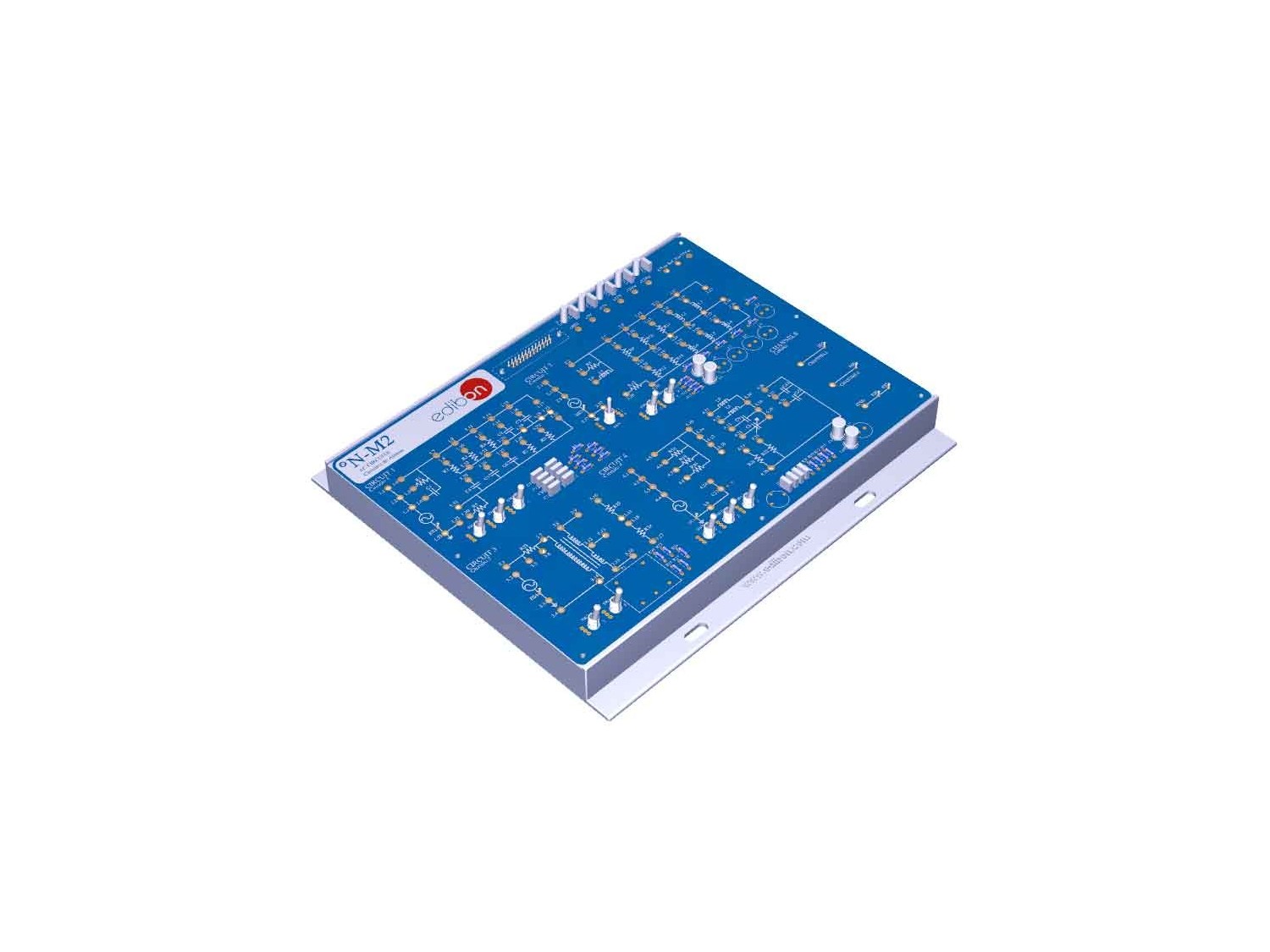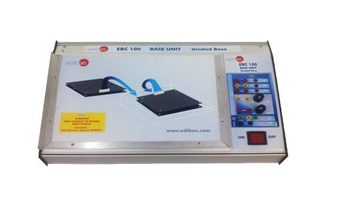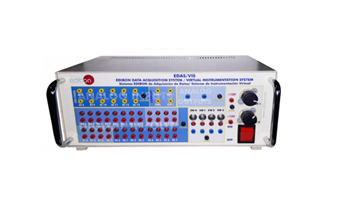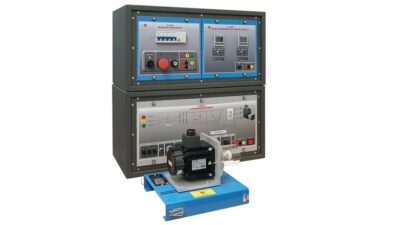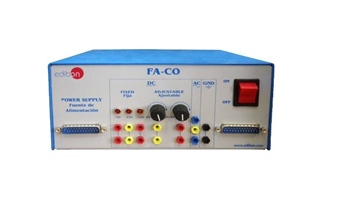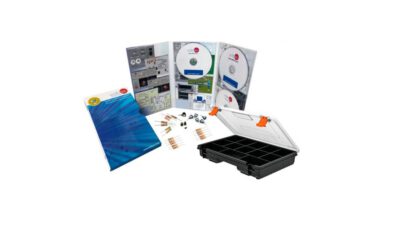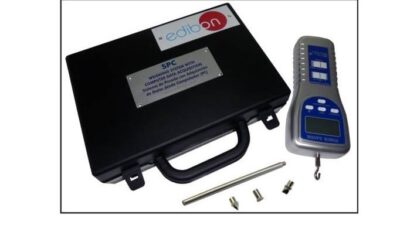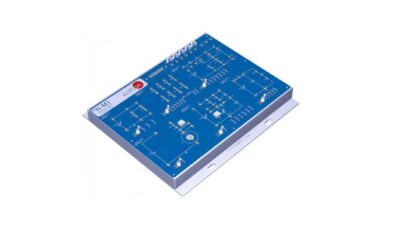In contrast to DC, which always has the same direction and sense, in AC the flow of electrons changes direction periodically with a frequency of 50 or 60 Hz (depending on the country).
With Alternating Current (AC) Circuits Module, “N-M2”, designed by EDIBON, you can start to study the basic principles in alternating current, such as:
- Characteristics of alternating signals: study of the different AC waveforms, relations between peak and RMS values for seinodal waves, series and parallel resistors.
- Characteristics of capacitors and coils in AC: variation of reactance, capacitance and inductance, series/parallel capacitances, study of reactive reactance, etc.
- Study of basic theorems and capacitive and inductive circuits (impedance and Ohm’s Law, RC series/parallel circuits, RL parallel circuit, etc.).
In addition, faults can be simulated in most of the circuits under study. The student must investigate what is happening in the circuit and why it is not working properly. These faults simulations can be of several types from damage components to a hypothetical incorrect circuit assembly.
SPECIFICATIONS
Circuit blocks:
- Waveforms. (Circuit#1).
- Transformers. (Circuit#2).
- Reactive mixed circuits. (Circuit#3).
- Channels.

